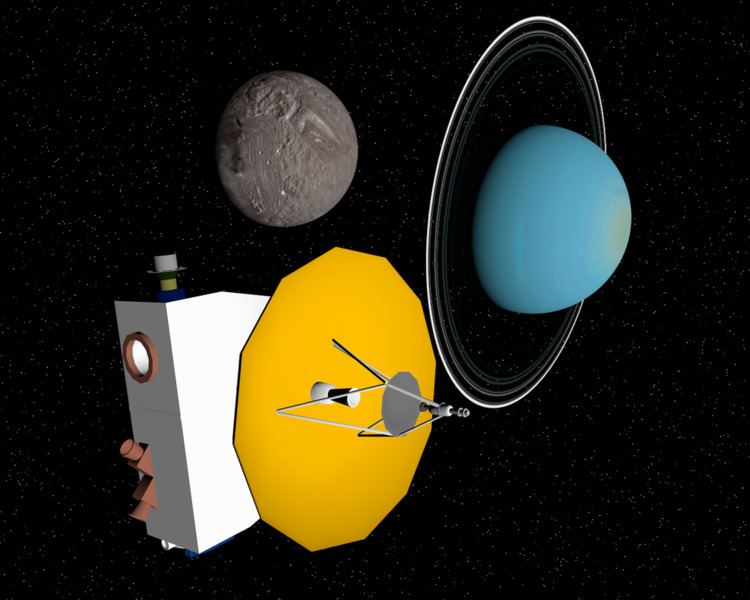Mission type Planetary science Orbital insertion 2038 | Mission duration Proposed: 2 years | |
 | ||
Operator NASA / Applied Physics Laboratory Launch date Proposed: April 2021 (2021-04) | ||
Herschel Orbital Reconnaissance of the Uranian System (HORUS) is a proposed mission to Uranus. If launched in 2021, it would arrive in approximately 2038, and would spend at least 2 years imaging 100% of the surfaces of Uranus's moons and studying Uranus's atmosphere, magnetosphere, etc. The concept was proposed by the Applied Physics Laboratory in 2010. The power supply would be nuclear.
Instruments
The majority of the instruments would be "borrowed" and modified from current planetary exploration missions, including Juno, New Horizons, BepiColombo, Cassini–Huygens, and MESSENGER.
References
Herschel Orbital Reconnaissance of the Uranian System Wikipedia(Text) CC BY-SA
